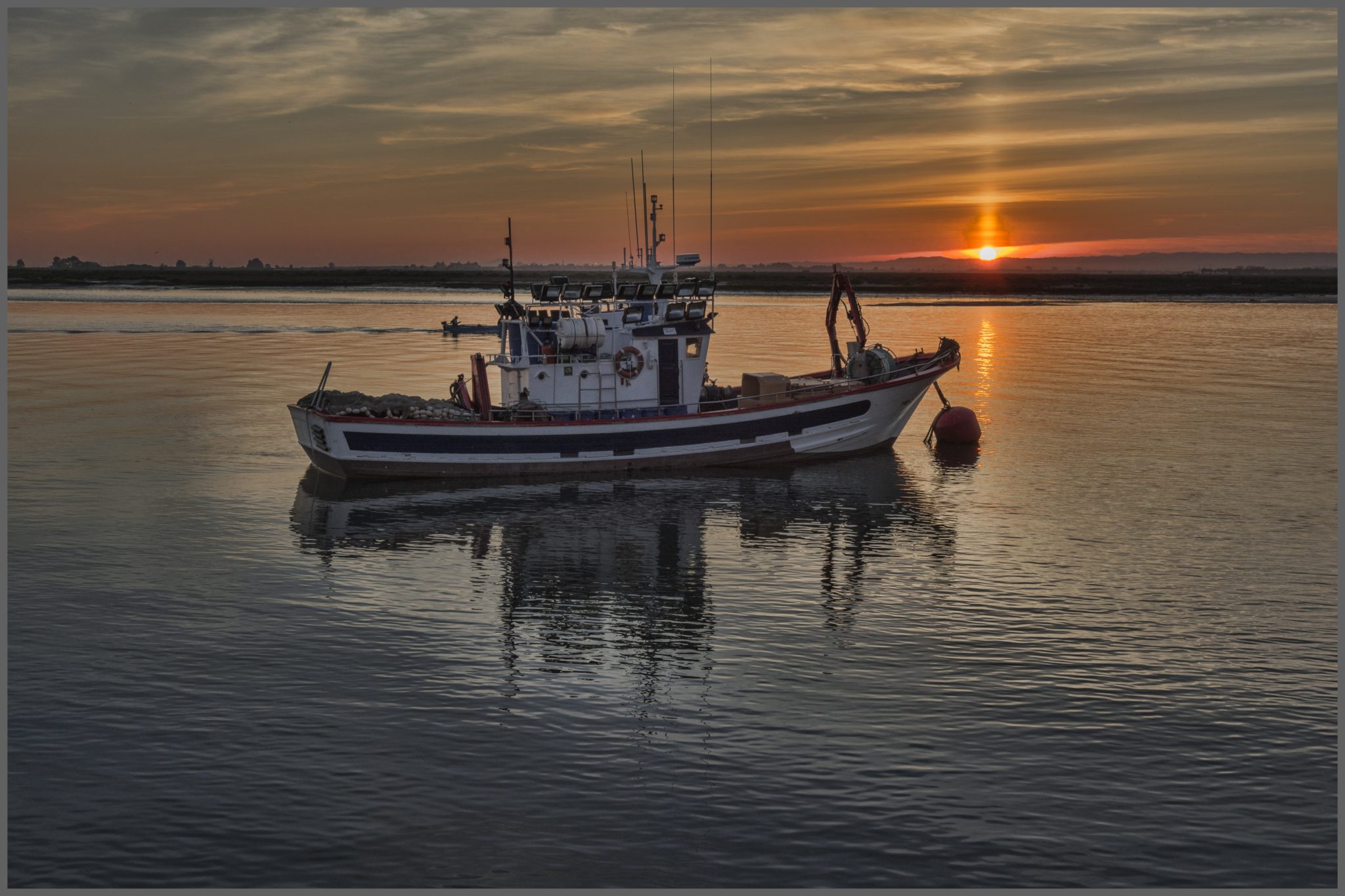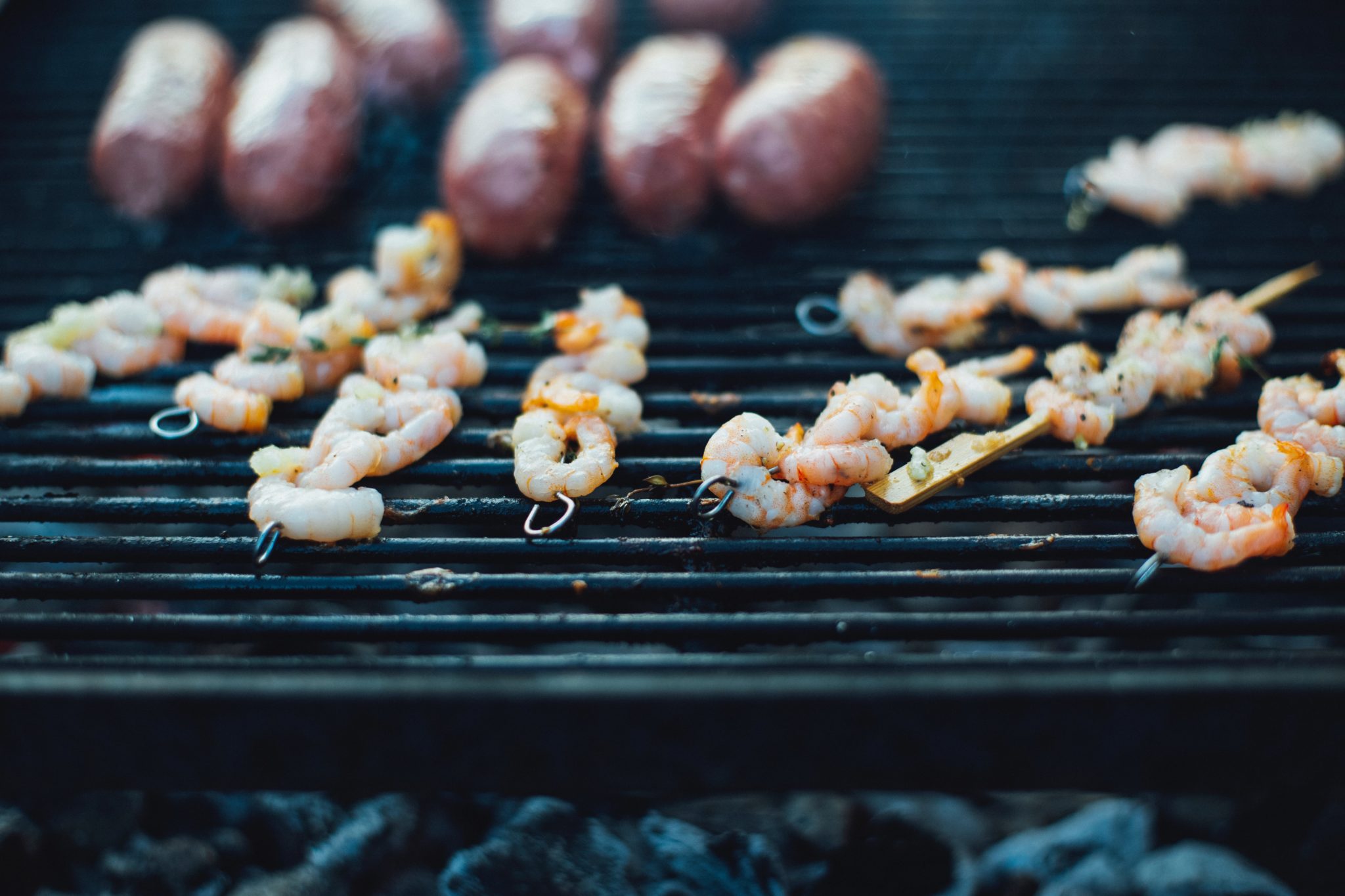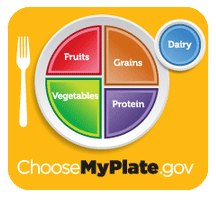Over 90% of the seafood consumed in the U.S. is imported from other countries to meet consumer demand. In addition, roughly 80% of imported shrimp is farm raised, primarily in Asia, Ecuador, and India. On average the Texas commercial shrimp harvest generates $371 million of economic activity and supports 5,400 jobs in Texas. Texas fishermen brought in 38.3 million pounds of brown shrimp worth $96.4 million.

Production
Shrimp represent over 25% of the nation’s per capita seafood consumption and is the leading seafood product imported into the U.S., accounting for about 33% of all imports by weight.
All retail seafood must be labeled with both country of origin and source – wild or farmed. Wild shrimp refers to either cold water or warm water varieties that are harvested from coastal ocean water with traditional vessels. Farmed shrimp refers to warm water varieties that are grown in open and closed pond systems supplemented with formulated feeds. Over 90% of the shrimp eaten in the U.S. come from farmed sources grown in other countries around the world.
Shrimp can be purchased fresh or frozen. Frozen shrimp products are the most common and are available year-round. Shrimp is usually sold by weight and are sized based on the number of individual shrimp per pound.
Shrimp commercially harvested from the Gulf of Mexico consist mostly of three species based on their color, and are commonly referred to as whites, browns, and pinks. Each of the Gulf wild shrimp species becomes sexually mature within 6-8 months, making Gulf shrimp an annual crop. To allow shrimp to grow to a larger and more valuable size before harvest, Texas waters and the federal waters off the Texas cast are typically closed to shrimp fishing from mid-May to mid-July. No species of Gulf shrimp has ever been considered overfished.

Preparing Shrimp
- Shrimp and related prawns are used in a variety of dishes and can be baked, broiled, steamed, fried, and grilled on a barbecue.
- The healthiest way to prepare any food is to avoid added fat from frying but remember moderation is the key to enjoying seafood

A crustacean is more than shrimp
Crustacean shells contain three primary chemicals: protein, calcium, and chitin, that have many industrial uses.
- Protein is good for animal feeds and fertilizers
- Calcium carbonate used in the pharmaceutical, agricultural, construction, and paper industries
- Chitin is a nitrogen-rich chemical used in making many items, including pharmaceuticals, cosmetics, textiles, household cleaners, and skin-friendly soaps

Health and Nutrition
The USDA MyPlate recommends 5-6 ounces per day of lean protein; shrimp fit into this plan. Shrimp is a great source of protein, selenium, Vitamin B12, choline, copper and iodine.
The American Heart Association recommends including shrimp in a heart-healthy diet due to its lack of saturated fats and supply of beneficial essential omega-3 acids.

References
CBS News (2017, June). New report reveals how many Americans have food allergies. Retrieved from https://www.cbsnews.com/news/food-allergies-in-america-new-report-shellfish-peanut-dairy/
Food Allergy Research & Education (n.d.). Shellfish Allergy. Retrieved from https://www.foodallergy.org/ common-allergens/shellfish
Health (2014). 7 Things You Should Know About Shrimp. Retrieved from http://www.health.com/ nutrition/calories-in-shrimp
National Marine Fisheries Service (2017). Economic values for Texas landings. Retrieved from https:// www.st.nmfs.noaa.gov/st1/market_news/doc45.txt
Nature (2015, August). Sustainability: Don’t waste seafood waste. Retrieved from http://www.nature.com/ news/sustainability-don-t-waste-seafood-waste-1.18149
Seafood Health Facts (2015). Overview of the U.S. Seafood Supply. Retrieved from https:// www.seafoodhealthfacts.org/seafood-choices/overview-us-seafood-supply
Seafood Health Facts (2014). Shrimp. Retrieved from https://www.seafoodhealthfacts.org/seafood-choices/ description-top-commercial-seafood-items/shrimp
Texas Department of Agriculture (2018). Go Texan Shrimp Marketing Program. Retrieved from http:// gotexan.org/Portals/1/PDF/TDA-Texas%20Shrimp%20Guide%20for%20Website.pdf
Texas Sea Grant (2015). Economic Impacts of the Texas Shrimp Fishery. Retrieved from http:// texasseagrant.org/assets/uploads/resources/15-515_State_of_Texas_Shrimp_Fishery_Economic_Impacts.pdf WebMD (2015-2017). Search for Vitamins & Supplements. Retrieved from https://www.webmd.com/ vitamins-supplements/index
World Atlas (2017). Most Popular Seafood Products In The United States. Retrieved from https://www.worldatlas.com/articles/most-popular-seafood-products-in-the-united-states.html

